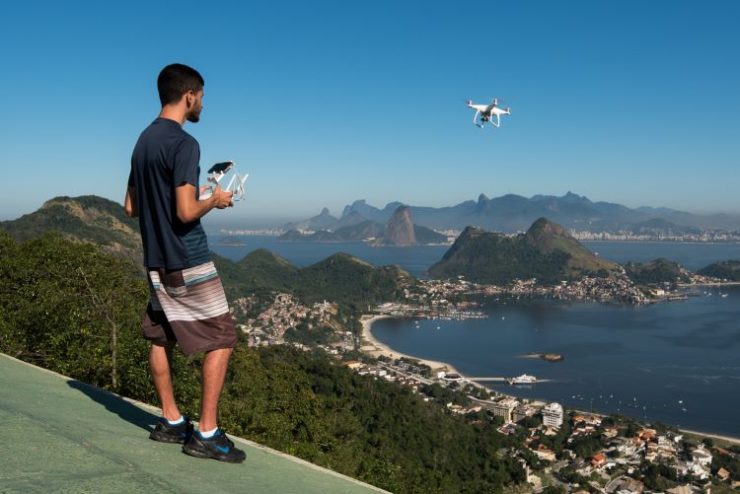In Brazil, drone operator requests to access controlled airspace have jumped from just 65 in 2016 to 88,941 following the introduction by the national air navigation service provider the Department of Airspace Control (DECEA) of its AirSpace Access Request System (SARPAS) in 2018 (see also https://www.unmannedairspace.info/uncategorized/special-report-brazils-decea-integrate-drone-management-within-atm-system/).
These figures were made public by ANAC (Brazil’s National Civil Aviation Agency) at the EASA/SRVSOP UAS workshop (https://www.eu-lac-app.org/drones), held in Lima, Perú, between 20 – 22 February 2019. The workshop provided the participants with the European and Latin American experience on the certification and operation of drones, surveillance and integration into the airspace.
A presentation by ANAC reported that drone registrations have also increased rapidly – from 16,567 in July 2017 to 59,491 at the end of January 2019, according to ANAC’s drone registration portal SISANT (Sistema para Aeronaves Não Tripuladas/System for Unmanned Aircraft) which was launched in May 2017 and provides users with an on-line, automated, free-of-charge registration portal.
Table one: Drone registrations in Brazil
| January 2019 | 59,491 |
| October 2018 | 55,074 |
| July 2018 | 48,752 |
| April 2018 | 42,338 |
| January 2018 | 33,675 |
| October 2018 | 24,295 |
| July 2017 | 16,567 |
The SARPAS tool (http://servicos.decea.gov.br/sarpas/) was developed to speed requests by drone operators to access airspace controlled by DECEA. Since its arrival, airspace authorization requests have increased by an extraordinary number.
Table two: Airspace authorization requests in Brazil
| 2011 | 21 |
| 2012 | 45 |
| 2013 | 66 |
| 2014 | 124 |
| 2015 | 133 |
| 2016 | 65 |
| 2017 | 16,450 |
| 2018 | 88.941 |
For more information
https://www.eu-lac-app.org/drones
https://docs.wixstatic.com/ugd/6e0eed_6a2da9a0362048b28881fc14a88f60fc.pdf




